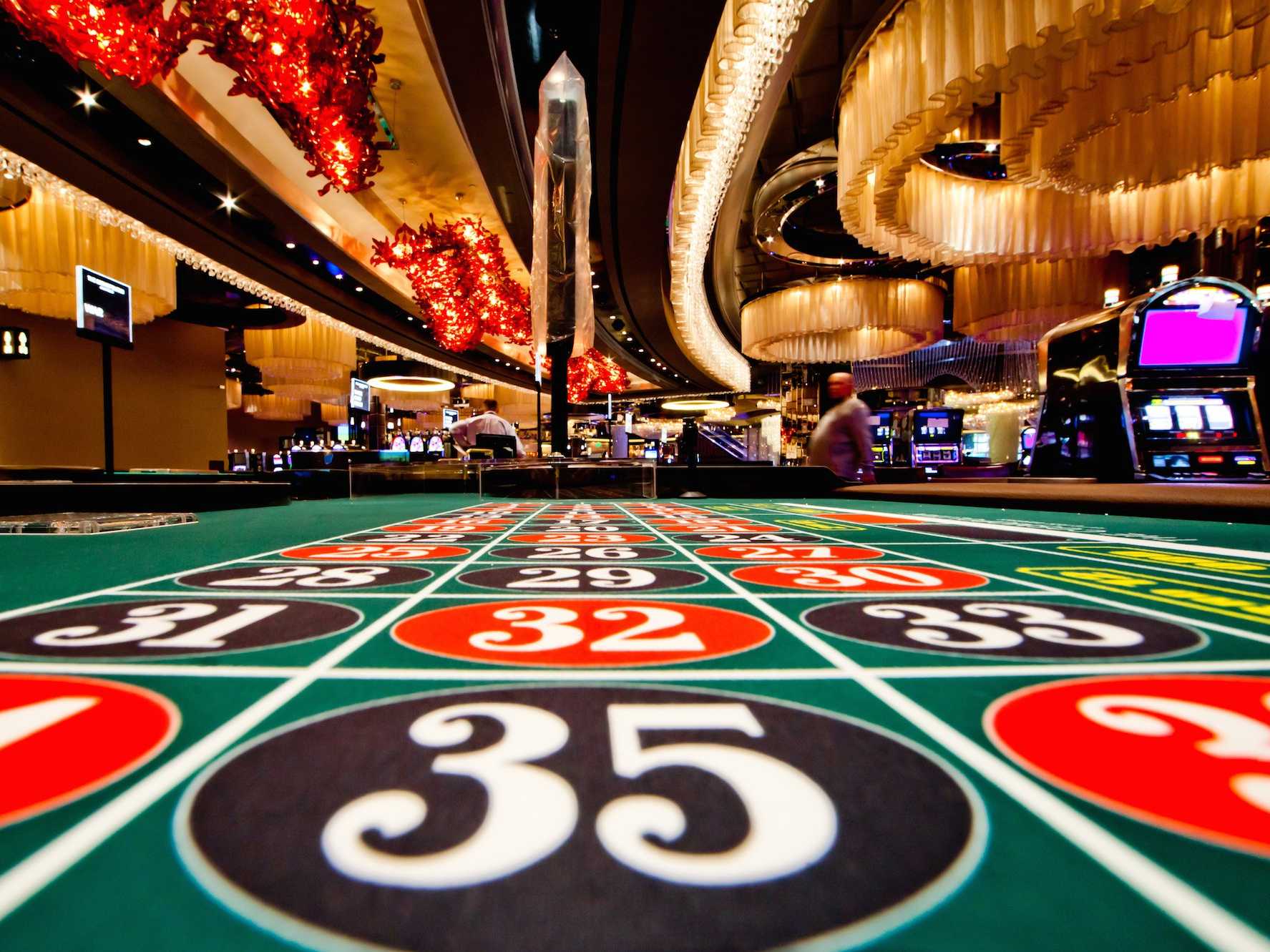Regarding slot machines, players frequently get captivated by the flashing lights, exciting themes, and the thrill of the reel spins. But behind the glamour and entertainment lies an critical concept that all players must grasp: Return to Player percentage, or RTP. This vital metric holds great importance in influencing how much of your wagered money will return to you over time, shaping your experience and strategy as you play.
RTP is commonly stated as a percent and reflects the mean amount of funds returned to players compared to the cumulative wagers. For instance, if a slot game has an RTP of 95%, it means that, on average, players get back ninety-five dollars for every 100 dollars wagered. Understanding this concept can enable players to make better choices when choosing which slots to play, ultimately improving their overall casino experience.
What exactly is RTP? https://Ga179.xyz/

RTP, also known as RTP, refers to a crucial factor in the field of casino slots games. It denotes the fraction of total bets which a specific slot is designed to pay back to players over time. For example, if a specific slot has an RTP of 95, this means that, hypothetically, players should anticipate to reclaim $95 for every 100 dollars wagered during extended play. Grasping RTP assists players evaluate the potential profitability of different slots.
RTP isn’t a surety of specific victories but instead it is an average computed across many spins. Players’ experience may differ significantly as a result of the randomness inherent in slot games. A higher RTP implies superior odds for the player, making it an essential consideration to think about while picking which slots to play. Nonetheless, despite having high RTP, there can be periods during which players encounter losses, because chance plays a significant role.
It is important to note that the slots available have varying RTP percentages. Some games might feature a smaller RTP as a result of a significant enjoyment or distinct elements, while others maintain a higher percentage to entice more cautious players. Understanding RTP empowers players to make informed decisions about their gambling strategies and oversee their bankrolls effectively while experiencing the excitement of casino slot games.
How Return to Player is Being Determined
A RTP, or Return to Player, represents a critical indicator in the realm of casino slots titles. This denotes the proportion of all bet money that a slot machine can be expected to pay back to gamblers in the long run. Understanding the method by which this measurement is derived demands insight of the dual aspects of the game’s architecture as well as its reward structure. This return value is calculated through complex calculations as well as statistical analyses executed in the course of the slot machine development process. Slot developers take into account various elements, which include the rate of successful combinations as well as the amount for returns for each combination.
To compute RTP, developers model a vast quantity of rotations of the slot machine. These simulations help identify how much typically, a player can expect to win based on their wagers. For instance, if a slot game boasts an RTP of 95 percent, it suggests that, theoretically, for every one hundred dollars wagered, players should anticipate receive ninety-five bucks in return in the long term. That figure doesn’t represent the amount a player will win in a one session and during a few spins; instead, it reflects overall return projections.
The values of RTP tend to be generally released by the casino and slot creator. Players must consistently look for such information when choosing a casino slots, as it has the potential to influence their overall enjoyment. A higher RTP typically indicates a higher chance to recoup a segment of wagered money, although individual sessions may differ considerably. Understanding RTP can help gamblers to choose wisely while enhance their overall experience within the world of slot games.
Value of Return to Player in Gaming
Comprehending the RTP or RTP is crucial for any gamer involved in casino slots games. RTP represents the proportion of total bets that a game is designed to return to gamers over time. A higher RTP shows that players can expect receiving a larger share of their wagers back, making it an significant factor for those looking to maximize their play experience. Understanding this figure aids players make smart choices about which slots to play, as it can profoundly influence their chances of winning.
Additionally, RTP plays a central role in the overall equity and clarity of casino slots. Players are often drawn to slots with higher RTP percentages because they provide a superior chance of success over the long term. Gaming establishments and game developers use Return to Player as a marketing tool to attract gamers, guaranteeing they maintain a competitive edge in the growing gaming industry. By being aware of Return to Player, players can select slots that match with their risk tolerance and gaming goals.
Ultimately, the concept of RTP promotes responsible gambling behavior. By understanding that not all slots will provide immediate returns and that RTP is based on long-term play, players can manage their expectations and gambling behavior effectively. This knowledge enhances the enjoyment of slot games while fostering a more balanced gambling landscape. Players who comprehend the significance of Return to Player are likely to have a better experience and reduce the risks of gambling issues.